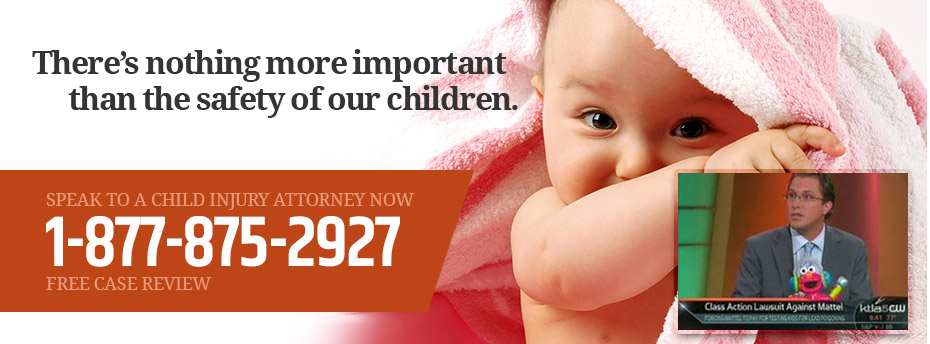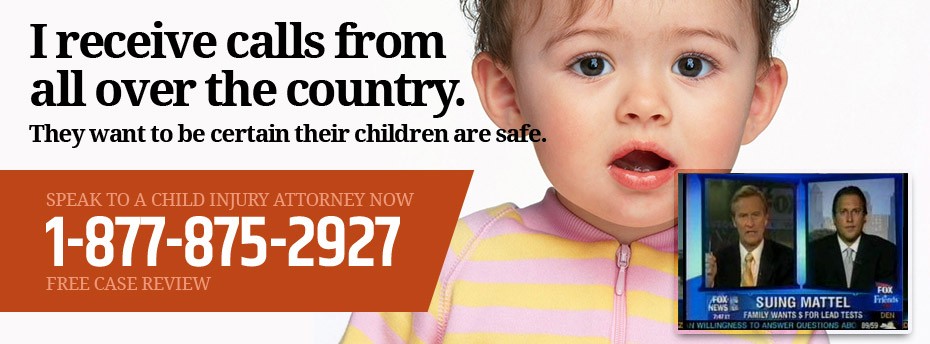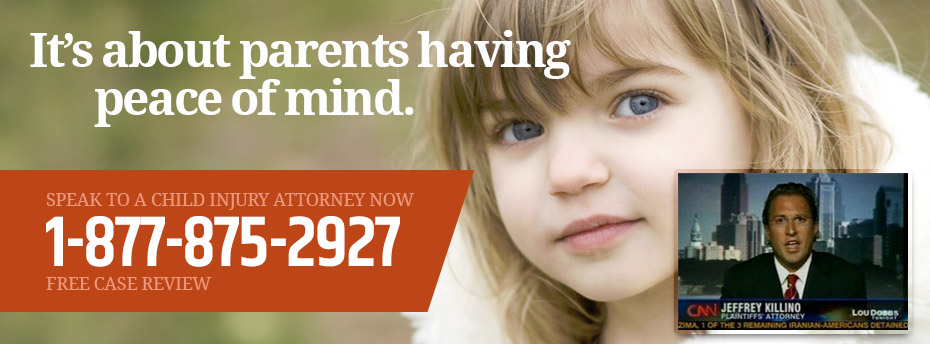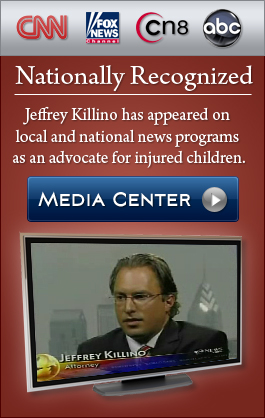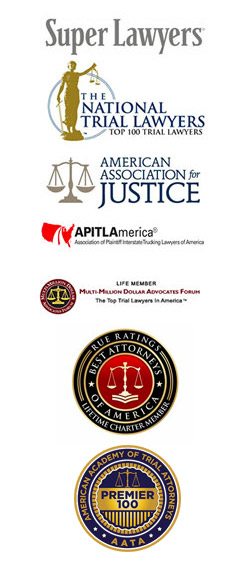Organized sports have become increasingly popular with children over the years. Compared to children of previous generations, children now have a wider variety of sports from which to choose and enjoy increased open-mindedness regarding who can play sports. Sports carry certain risks as well as opportunities, however. Every year, nearly 2 million children report to emergency rooms with sports injuries. Many such injuries are caused by a defect in sports equipment or someone’s negligence.
If your child has suffered a sports-related injury due to someone’s negligence or a defective product, contact child sports-injury attorney Jeffrey Killino at 877-875-2927 to discuss your legal options.
The Most Common Sports Injuries
Children under 15 can be especially vulnerable to serious injuries, since their bodies are still growing and developing. A serious injury can interfere with this development, creating life-long complications.
Injuries may be caused by Lack of Protective Gear, Defective Sports Equipment, or the negligence of teachers and coaches. Coaches, school districts, and equipment manufacturers can all contribute to serious sports-related injuries. When they do, they can be held responsible for expenses related to the injuries they cause, and could also face punitive damages for their conduct.
Common injuries that occur to children as a result of such carelessness or product defects include the following:
- Sprains and strains
- Damage to bones’ growth plates
- Heat stroke
- Head injury or brain damage
- Repetitive motion disorders
Legal Liability for Children’s Sports Injuries
Though many children’s sports injuries may result from a child’s own negligence or carelessness, others may result from someone else’s negligence or the use of defective equipment of protective gear.
Defective Sports Equipment or Facilities
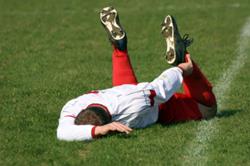 Children’s sports injuries are often caused by the use of defective equipment. The American Society for Testing of Materials International (ASTM International) promulgates voluntary sports and recreation standards for the testing, use, and assembly of sports equipment, protective sports gear, and sports facilities. Yet, numerous injuries caused by defects in such equipment or facilities still occur every year. According to the American Academy of Pediatrics (AAP), more than 3.5 million sports injuries are sustained annually by children in the United States, and many of these are caused by defects in equipment or protective gear.
Children’s sports injuries are often caused by the use of defective equipment. The American Society for Testing of Materials International (ASTM International) promulgates voluntary sports and recreation standards for the testing, use, and assembly of sports equipment, protective sports gear, and sports facilities. Yet, numerous injuries caused by defects in such equipment or facilities still occur every year. According to the American Academy of Pediatrics (AAP), more than 3.5 million sports injuries are sustained annually by children in the United States, and many of these are caused by defects in equipment or protective gear.
When a child’s sports injury is determined to have been caused by a defect in sports equipment or protective sports gear, the manufacturer and anyone in the chain of the product’s distribution may be held liable for the damages sustained in a product-liability action. The defect leading to such liability can be a defect in the product’s design or manufacture, or a defect caused by a failure to warn of the product’s dangers or instruct users on its safe and proper use.
School Liability
The liability of a school for sports injuries suffered by a child while playing or practicing for school sports may depend on many factors.
Public Schools
Public schools are often relieved of liability for sports injuries that occur to children engaged in public-school sports under the doctrine of sovereign immunity. In many states, governmental entities such as public schools are granted immunity from suits related to such injuries. In some states, the immunity enjoyed by public schools may not be complete, so that liability may attach, but damage may be limited to a specified amount. This immunity generally applies not only to the school itself, but to its employees, including coaches and other school personnel.
Releases or Waivers
Though many schools ask parents to sign waivers or releases of the school’s liability for injuries sustained by a child while participating in sports, many courts have held that a parent may not waive a child’s claim for injuries, so that a release or waiver executed by a parent is unenforceable. As not all courts have refused to enforce such waivers or releases, however, schools often argue that they should be relieved of liability when a waiver or release has been executed.
Private Schools
Private schools and their employees do not enjoy the immunity often granted to public schools. Thus, the negligence of a private school and/or its employees result in liability on the part of the school and its employees if an employee’s negligence is found to have been a cause of the child’s injuries.
Liability of Coaches
Coaches, whether paid or volunteer, may be held liable for sports injuries sustained by children if the coach’s negligence is determined to have been a cause of the child’s injuries. In order to recover damages from a coach for child sports injuries, the plaintiff must prove that the coach had a duty to keep the children reasonable safe from harm while engaged in sports activities, that the coach breached that duty, and that the breach was a cause of a child’s injuries that resulted in legally compensable damages.
Coach negligence has been found when a coach allows or insists that children spend too much time in high temperatures, get too much sun, or drink too little water or other sustaining liquid. Failure to provide students with proper training and safety instructions and inattentiveness to injuries sustained while playing or practicing have also been found to constitute negligence on the part of a coach.
Contact Us
If your child has suffered a sports-related injury due to a defective product or someone’s negligence, contact child sports-injury lawyer Jeffrey Killino at 877-875-2927 for experienced and dedicated assistance with your case.
